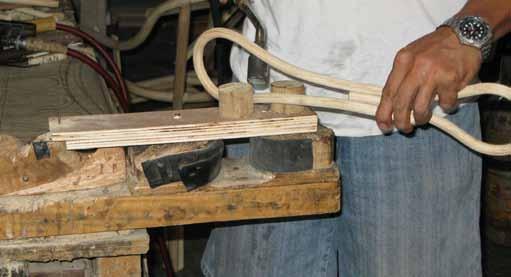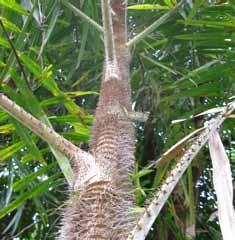
1 minute read
Lumber Processing
Recommendation There are many other ways by which POs can dispose of their timber. One way is through stumpage sale, where at a presumably negotiated price, the buyer obtains “harvesting rights” over a given volume of timber as approved in the POs’ RUP, within predetermined blocks containing “inventoried” stocks that are already mature enough for felling. This mode appears to be the mode preferred by POs because the buyer shoulders the costs of everything from hiring chainsaw operators to hauling, and likewise facilitates the procurement of documents required by government authorities and/or agencies. This mode also affords the opportunity for some of the PO members to earn extra cash by being hired by the buyers to assist in the harvesting operation. In the case of private tree plantations however, stumpage sale is no longer practiced in Southern Leyte, according to PENRO Arbiol (Personal communication, 2009).
The absence of sawmills and lack of logging equipment in Leyte Island leads to different ways of lumber production as summarized in Fig. 3. The process flow for lumber processing in resawmills is shown in Fig. 4.
Advertisement
Findings
The only mechanized equipment used in a resawmill is a bandsaw, which unlike regular sawmills, is not equipped with carriage and setwork mechanisms for faster and more
precise cutting of lumber boards. At least two lumber processors have equipment that appeared old, while another processor admitted to be operating reconditioned equipment. Consequently, recovery is much lower than regular sawmills which is compounded by the poor quality materials that are allegedly brought in by the log producers. Recovery was generally less than 50%, especially with Gmelina which was observed to undergo severe deformation





